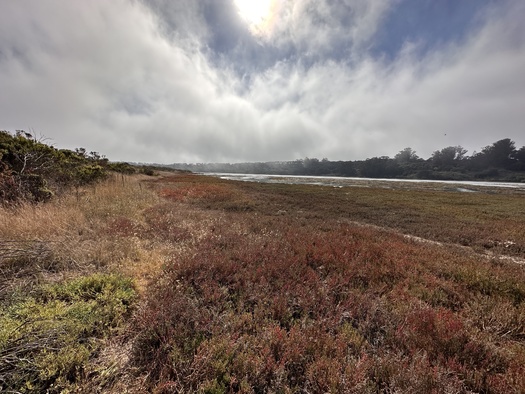California has set a goal to protect 30% of its land and waters by the year 2030, so the Ocean Protection Council is working on which waters should count as protected and is identifying new conservation measures.
A public comment period on its draft framework just ended.
Drew Talley, professor of environmental and ocean sciences at the University of San Diego, said the proposal is on the right track but needs a little more work when it comes to estuaries, where the rivers meet the sea.
“It doesn’t look at some of the main threats those systems are facing,” Talley explained. “Including sea level rise, degraded water quality and ongoing effects of historical alterations like dams and diking and urban runoff.”
The Ocean Protection Council is expected to release its final proposal Dec. 9. Estuaries are crucial habitat for many species. They also buffer communities from floods during a storm, reduce ocean acidification and help fight climate change, since marine plants store a great deal of carbon.
Kerstin Wasson, research coordinator for the Elkhorn Slough National Estuarine Research Reserve near Monterey, said the contours of protected areas need to be widened, to account for the effects of climate change.
“With accelerated sea level rise, they’re going to need a lot of space to migrate upwards,” Wasson urged. “If we were to draw a circle around an estuary to say what’s protected, it needs to be 10 feet above where the marsh is today.”
More than 90% of California’s historic wetlands have been lost to development.
Written by Suzanne Potter.
Support for this reporting was provided by The Pew Charitable Trusts.







